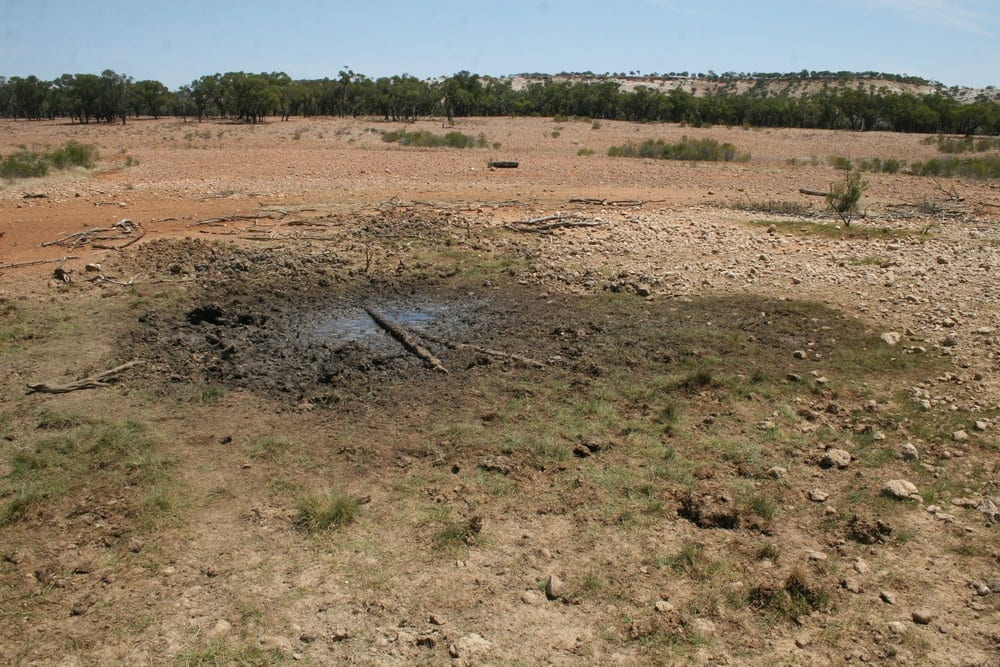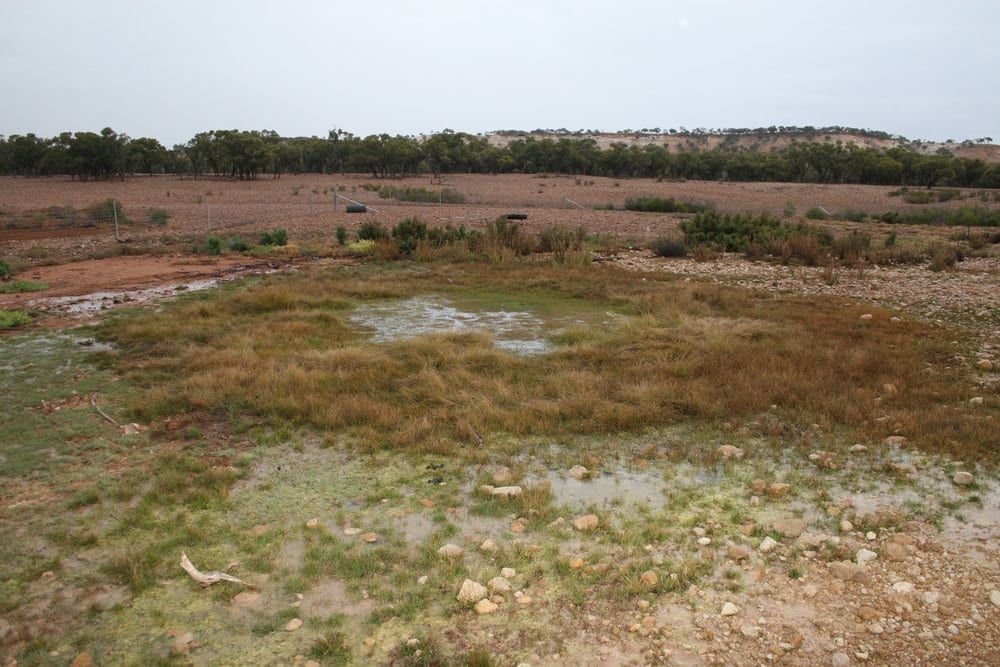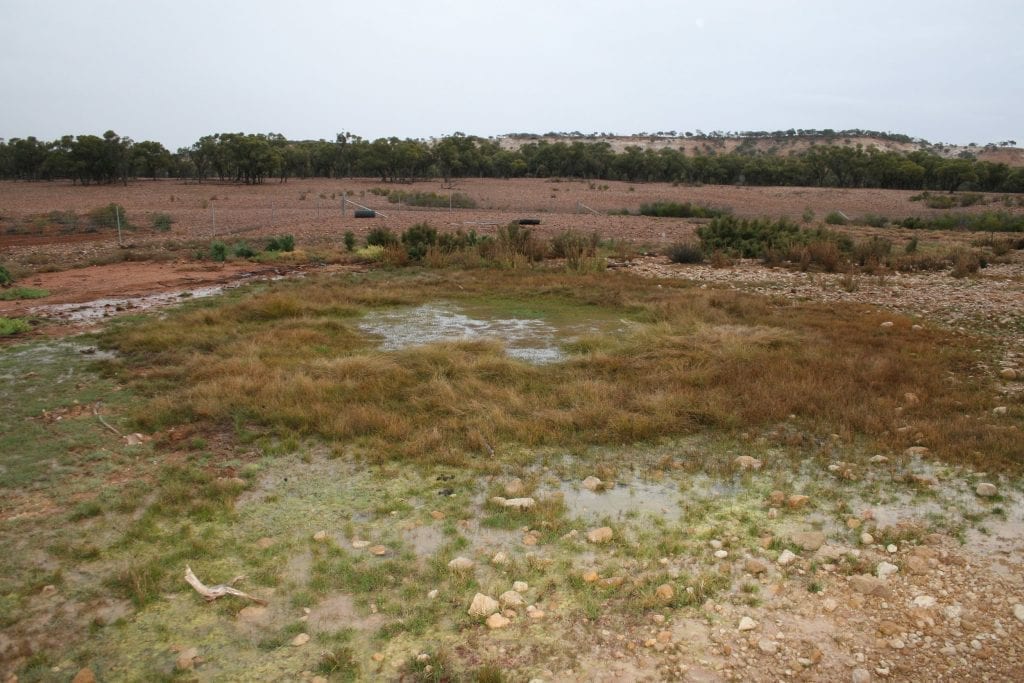National Parks
Building a legacy – values-based, adaptive, transparent park management for Queensland
Queensland’s national parks contribute to conserving Queensland’s rich biological diversity, Aboriginal and Torres Strait Islander culture and heritage, and European cultural heritage while also providing social and economic benefits to the wider community. At present Queensland boasts over 1,000 protected areas, including five World Heritage sites.
Over 100 years of park management in Queensland has seen a lot of good work done by generations of dedicated park managers. Queensland Parks and Wildlife Service (QPWS) is united by a passion for protecting the environment and managing our world class protected area system so that future generations also have the opportunity to experience these unique and special places.
However, a lot has changed since Queensland declared its first national park in 1908. QPWS now manages many more hectares of protected area across a hugely diverse range of environments and ecosystems. QPWS manages different tenures, from national parks to state forests, and includes over two million hectares of land jointly managed with traditional owners. We welcome more visitors than ever and have a diverse range of stakeholders with growing expectations, and at times conflicting views as to how parks should be managed. Add to this emerging management issues and challenges such as climate change and changing tourism trends; and increasing pressure to demonstrate not only conservation outcomes but also value for money.
Back in 2010 the Queensland Auditor General released a report to Parliament on the sustainable management of national parks and protected areas which identified room for improvement in certain areas of QPWS’ management. In particular, the report outlined recommendations to formalise a comprehensive planning process and ensure a consistent approach to planning that aligned to international best practice protected area guidelines; formalise a monitoring and evaluation framework; and develop appropriate performance indicators that represent the agency’s achievements in managing protected areas in line with the objectives of the Nature Conservation Act 1992.
 The Values Based Management Framework
The Values Based Management Framework
The Values Based Management Framework (VBMF) was developed in response to these recommendations and was launched on 2 November 2016 during the public consultation phase of the Hinchinbrook Island National Park Management Plan. The VBMF is an adaptive management approach which focuses on managing park values. This approach aligns with international best-practice and reflects a global shift towards managing for values, rather than the more traditional approach which focused on managing issues or threats, sometimes blind to the impact they pose to a park’s values.
There is no doubt that managing threats is important, however if our aim is to improve the condition of a value then the management focus may need to shift from just managing an element such as fire or a pest species at a park level, to specifically managing threats to the condition of the park’s values. For example, a traditional approach to managing pigs on a park may involve broad scale aerial baiting across a landscape. This approach is expensive and often difficult to determine its effectiveness in protecting park values. Under a value focused management program, a targeted approach may involve only baiting the area around key values, for example a spring ecosystem. This approach is likely to reduce costs and allows us to adequately assess its effectiveness by monitoring the condition of the spring over time to determine if impacts from pigs have been reduced. This doesn’t mean that other values are forgotten, but rather targets management to identified priorities. Protecting key values such as ecosystems or habitat for threatened species also benefits other values – including species using the same habitat or maintaining aesthetic values for park visitors.
What is the QPWS VBMF?
 The Hinchinbrook Island National Park management plan from 1999 (left) compared to the new look values-based management plan
The Hinchinbrook Island National Park management plan from 1999 (left) compared to the new look values-based management plan
Park management under the VBMF is a dynamic process, where a cycle of planning, prioritising, doing, monitoring, evaluating, and reporting allows us to adapt our management in a transparent way as we learn more and improve over time. Its focus is on keeping our park values healthy by making sure we identify the key values on every park and then if management is required, targeting our efforts towards those values. All key values will be monitored annually for changes in condition over time, regardless of the management they receive. Monitoring data is then used to assess the effectiveness of the management directions identified in the management plan. In some cases this may mean actively managing certain values while only monitoring others. This allows us to determine if we have got our management right or if we need to adapt what we are doing to achieve the outcomes we want.
The cycle begins with the planning process. A clear understanding of why each park is special is established through a values assessment – often through a workshop involving experts and regional staff. Key values and QPWS’s vision for them are identified in the form of a desired outcome. To date, QPWS has undertaken values assessments on approximately 130 parks, which equates to around 30% of the protected area estate managed by QPWS.
Management plans under the VBMF have a different look and feel to previous plans. The new format is designed to provide a succinct overview of all the key values identified for a park, their current and desired condition, along with threats and the condition trend. The plans also identify strategic management directions, which set the high level management direction required to achieve the desired outcome for the value. Thematic strategies sit under management plans and contain further detail and measurable objectives for the on ground management action needed. A resource document will also be developed to capture the park’s full context, including a park overview and history as well as a description of the other natural, cultural and social values. The management plan and resource document are designed to work together to provide the comprehensive planning for a park.
QPWS has adopted this approach to facilitate an adaptive management process. Management plans are intended to be more static direction setting documents which undergo a comprehensive consultation process and are reviewed every five to ten years. More detailed and operational management objectives and actions are then contained in thematic strategies which can be reviewed regularly and specific actions adapted as we assess the effectiveness of our management in achieving our objectives.
The VBMF also introduces a monitoring framework for all key values through annual ‘health checks’ using a simple, standardised and repeatable methodology. So far health checks have been successfully trialled on a sample of parks. Undertaking health checks on all key values will eventually be incorporated into annual work programs as implementation of the VBMF continues to be rolled out.
Where to next?
In 2018 QPWS will focus on progressing planning under the new framework for priority and high profile parks and developing a management effectiveness evaluation (MEE) program based on the International Union for Conservation of Nature –World Commission on Protected Areas framework to assist us evaluate our performance as park managers and feed back into the management cycle, allowing us to continuously refine and improve our management.
QPWS is also gearing up to release a Queensland State of the Parks (QSOP) report based on the values assessment data collected through implementing the framework to date. This initial report will provide a snap-shot of the key values and their desired outcomes, along with the current condition and threats to these values, for a selection of parks across the state.
Looking into the future, the QSOP will be the primary mechanism for reporting on how well Queensland’s protected area estate is being managed at the state-wide level; and our effectiveness in protecting key values and achieving management goals. Future QSOP reports will include outcomes of the QPWS MEE program.
QPWS’ vision is to deliver a protected area system that is one of the best in the world. A protected area system that is resilient, adaptable and valued by the community. The VBMF provides QPWS with the framework for doing just that.
 A values based approach at Currawainya NP 2012 (above) and 2017 (below) (Stephen Peck)
A values based approach at Currawainya NP 2012 (above) and 2017 (below) (Stephen Peck)

References:
Queensland Audit Office, 2010, “Sustainable management of national parks and protected areas: A Performance Management Systems audit” www.parliament.qld.gov.au/documents/tableOffice/TabledPapers/2010/5310T3234.pdf
The final management plan and visitor strategy for Hinchinbrook Island are available on the Department’s website at https://www.npsr.qld.gov.au/parks/hinchinbrook/


